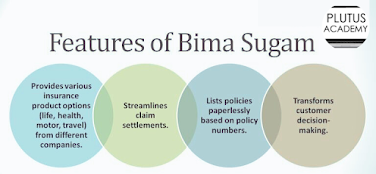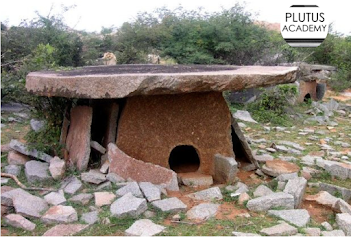WHO Declares the Global Hypertension Assessment

"WHO Releases Global Report on Hypertension" is the focus of this article's "Daily Current Affairs" part. Rishabh has created this article, and it talks about the overall impact of Hypertension on the world and India. Our experienced teacher, Kapil Kushwaha, has checked and reviewed the article. The World Health Organization, also known as the WHO, evaluated the global consequences of elevated blood pressure on September 19. A Global Survey on Hypertension: The Struggle Against a Secret Destroyer The World Health Organization (WHO) issued research titled "Global Assessment on Hypertension: The Battle Against a Silent Killer." There has never been an in-depth examination of the immense consequences of elevated blood pressure, which include heart disease, strokes, early death, and a major monetary effect on people and countries. This is a modified part of the original article. If you want to read the original article, please click the link: “ WHO Release





